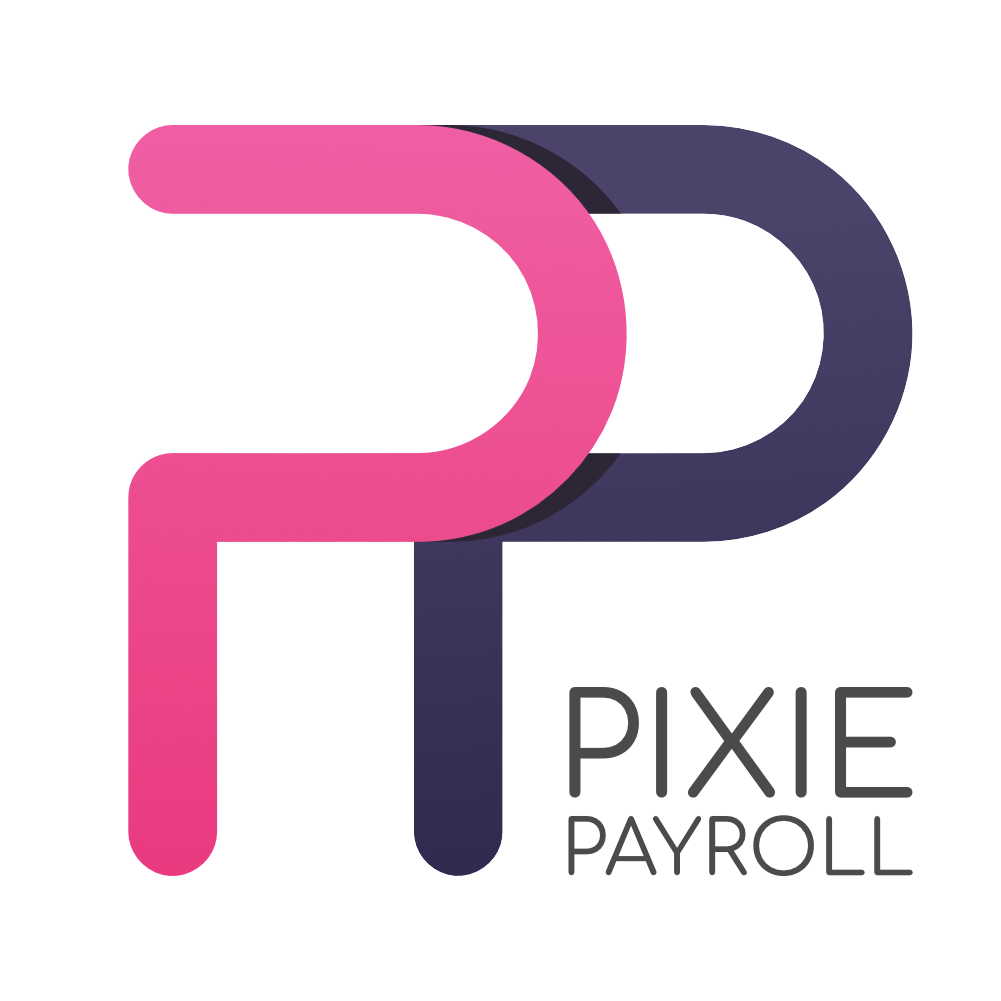There are now only a few more days until the Coronavirus Job Retention Scheme (CJRS) – known better to us all as furlough – comes to an end. The scheme has been supporting employers and employees for 18 months now throughout the pandemic, so we thought we’d look back over that time and at this groundbreaking government intervention.
Start at the beginning
It was back in March 2020 that the government announced the first Covid-19 lockdown and the immediate closure of many businesses. At the same time, the CJRS was announced and the first employees placed on furlough in April. At this point, employees who couldn’t work would have 80% of their salary paid by the scheme, leaving the employers with the option to top up the remaining 20%.
The plan at this stage was for the scheme to run until October 2020 because, of course, at this point no one knew what would happen with the spread of the virus. Employers embraced the scheme with over 8 million employees paid via the scheme by May 2020.
Cautious reopening and flexible furlough
At the beginning of summer 2020, some of the restrictions started to ease and businesses were allowed to reopen. This led to the introduction of flexible furlough, where employees could be bought back to work part time for which they would be paid in the normal way, but then be paid via the scheme for the time they didn’t work.
The plan at this stage was for the scheme to close in October and for the amount of salary the government paid to reduce from the original 80%.
An autumn of change
It soon became clear that it would not be possible to close the scheme entirely in October 2020 as originally planned, so the Chancellor announced a number of different plans that varied the amount of salary covered.
In the end, in early November as the second significant lockdown was announced, he swept all that away and the 80% CJRS was extended for 6 months until March 2021. By this point, approximately 2.4million people were included in the scheme but by early December 2020, the numbers had increased again to over 4 million.
Furlough in 2021
The events of this year are fresher in our memory and the first half of the year was mostly all of us counting down the days to the various dates when lockdown restrictions were due to end. The furlough scheme was extended to April 2021 at one point but then finally in the Budget in March, it was extended once and for all until 30th September 2021.
As we will all remember well, our original ‘Freedom Day’ was due to be on 21st June but we had to wait a further four weeks in the end. Since then, we’ve had a summer of relative respite from restrictions and guidelines and a time that felt a bit more like normal.
What about the future?
As I write this, Coronavirus numbers are still worryingly high and there is a lot of talk about a further lockdown at some point next month. But there is no sign that the furlough scheme will be extended again so employees will either be returning to work or face the risk of being made redundant.
The job market has a high number of vacancies so unemployment numbers may end up being lower than feared although of course people may not always find new jobs in the right sector or paying the equivalent salary that they earned before.
Overall, the Coronavirus Job Retention Scheme is expected to cost over £80billion. It has also generated more admin and work to administer but there is no doubt it has helped many families survive the pandemic and allowed employers to retain their talented and experienced employees ready for when they could reopen.
